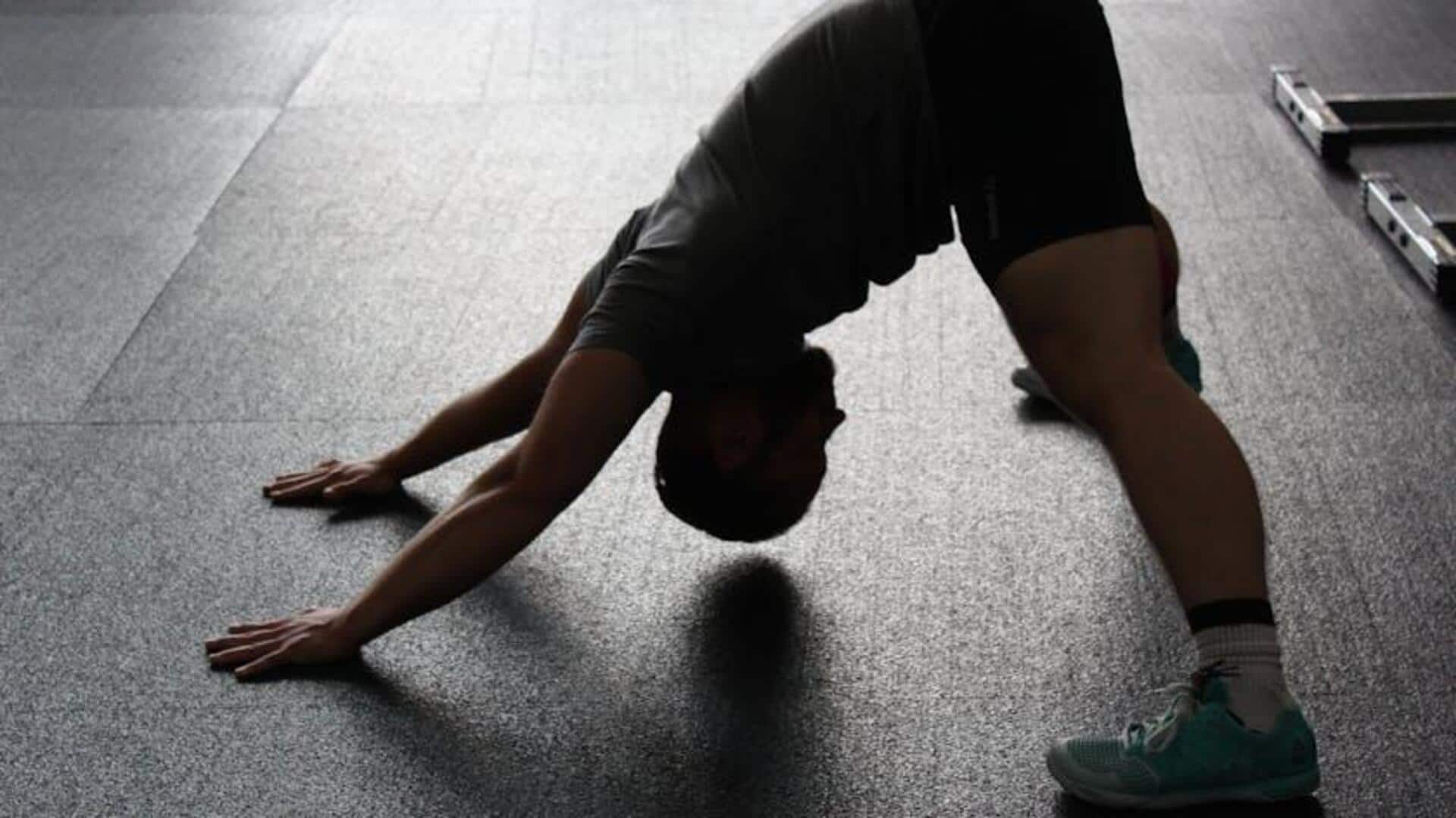Desk Setup Matters
One of the easiest ways to improve posture is to optimize your workspace. This primarily involves your desk and chair. First, ensure your chair is adjusted
so your back is well-supported, which prevents slouching while you work. Then, position your desk and computer screen at a height that aligns with your body. Make sure your feet can comfortably touch the floor or use a footrest if needed. Proper desk ergonomics are essential for maintaining good posture and preventing long-term discomfort or issues. By making a few adjustments, you can significantly reduce strain on your back and neck.
Wall Angel Exercise
The wall angel exercise is excellent for strengthening the upper back muscles and opening your chest. To perform this exercise, stand with your back flat against a wall. Position your arms so they're touching the wall, similar to the beginning of a snow angel. Slowly move your arms up towards the ceiling and back down, always keeping contact with the wall as best as you can. This movement helps to counteract the effects of hunching over, thus improving posture and reducing tightness in the chest. Regular practice of this exercise can lead to a more open chest, and a more upright posture.
Chin Tucks for Neck
Addressing neck posture is crucial for overall alignment. Chin tucks are a simple yet effective exercise for this. Whether you're sitting or standing, maintain a straight back. Gently draw your chin towards your chest as if you are creating a double chin. This movement realigns your neck and can alleviate the forward head posture commonly associated with prolonged computer use or phone usage. Practicing chin tucks can help to correct this posture and reduce neck pain.
Cat-Cow Stretch
The Cat-Cow stretch is a dynamic exercise designed to promote spinal mobility and reduce stiffness. Start on all fours, with your hands directly under your shoulders and your knees aligned with your hips. Begin with the 'cat' pose: round your back, tucking your chin towards your chest, and pushing your spine towards the ceiling. Next, transition into the 'cow' pose: drop your belly toward the floor, arching your back, and lifting your chest and head, looking up towards the ceiling. By flowing between these two positions, you effectively mobilize your spine and improve flexibility, thus helping to improve and correct posture.
Seated Pelvic Tilt
The seated pelvic tilt exercise targets the core muscles and helps improve lower back alignment. Sit comfortably in a chair with your feet flat on the floor. Gently rock your pelvis forward, arching your lower back slightly. Then, tilt your pelvis backward, flattening your lower back against the chair. Alternate between these two movements, engaging your core muscles throughout. This rocking action helps to activate the core, supporting proper spinal alignment and reducing lower back strain. Regular practice can improve core stability and reduce lower back discomfort.
Shoulder Blade Squeeze
Strengthening the muscles that support good posture is essential. The shoulder blade squeeze exercise is an easy way to achieve this. Whether you're sitting or standing, ensure your back is straight. Squeeze your shoulder blades together as if you're trying to hold a pencil between them. Hold this contraction for about five seconds, and then relax. Repeating this exercise helps to strengthen the muscles that support your upper back and shoulders, improving posture over time. This simple exercise is an effective way to combat slouching and encourage a more upright stance.







